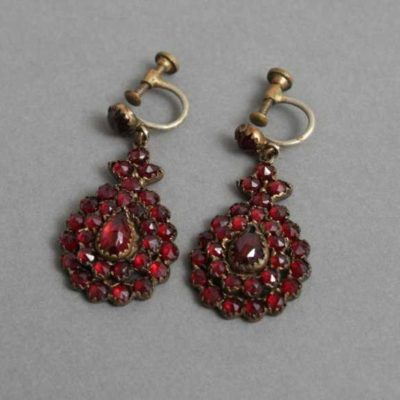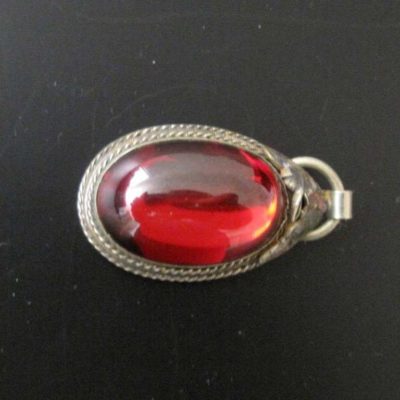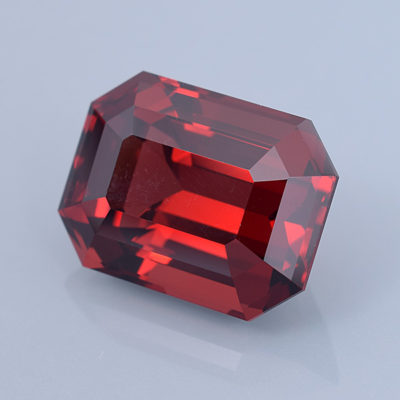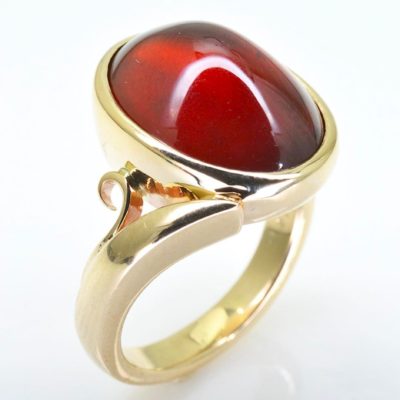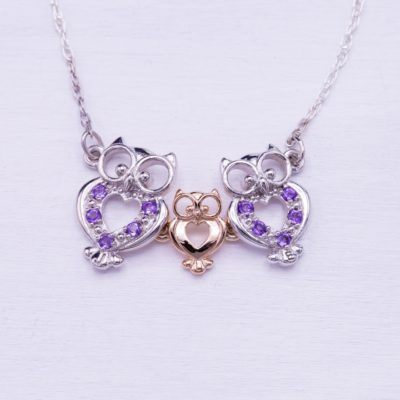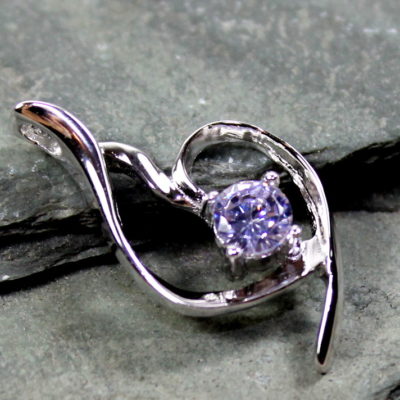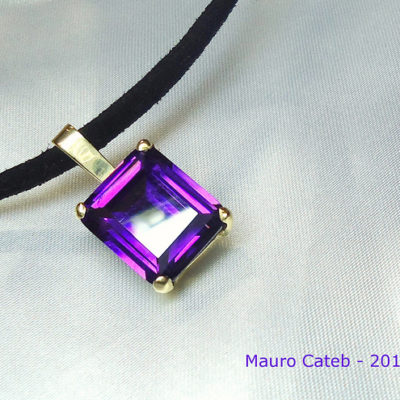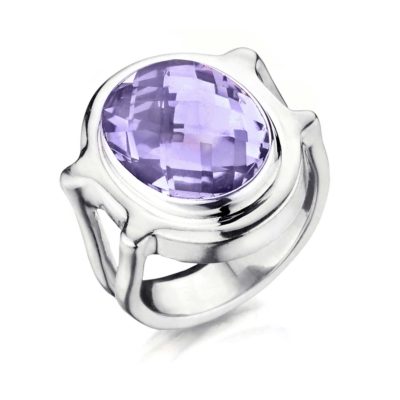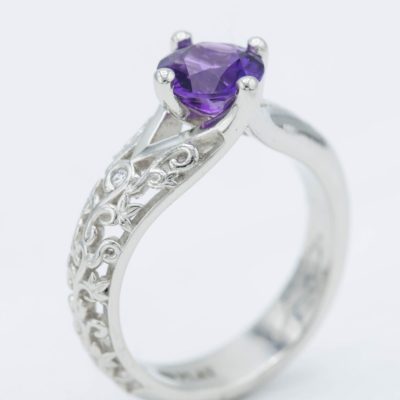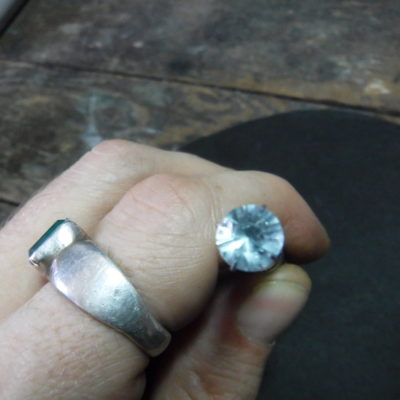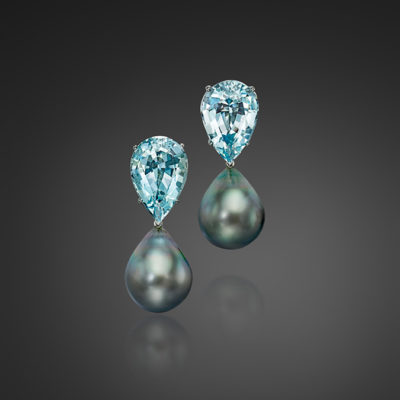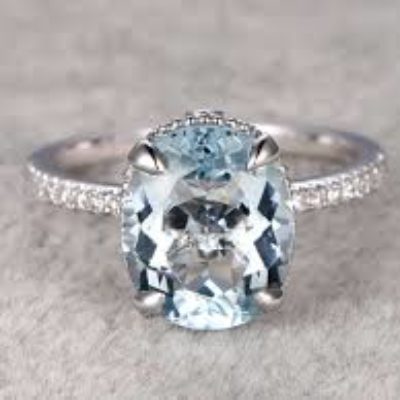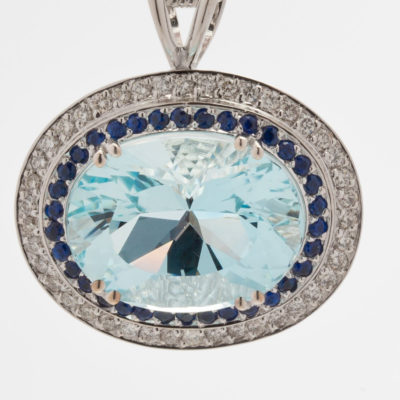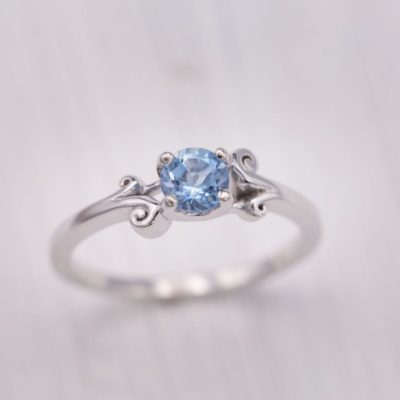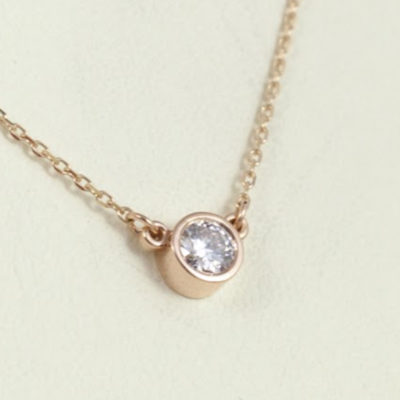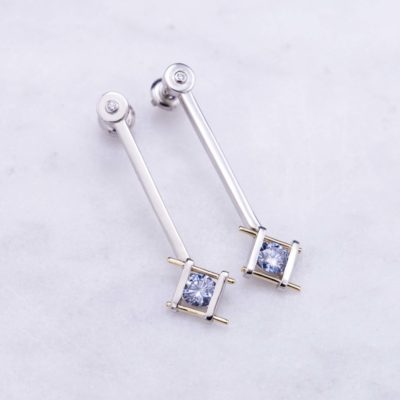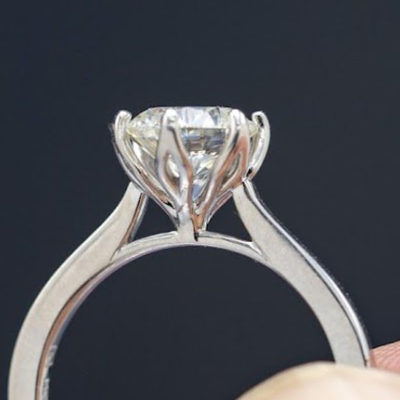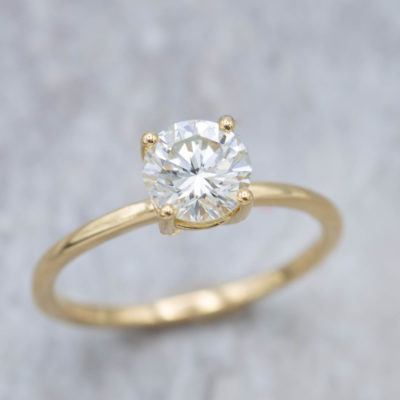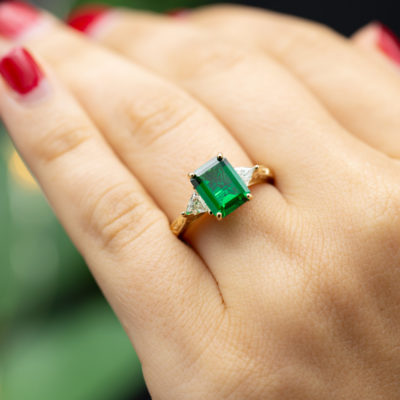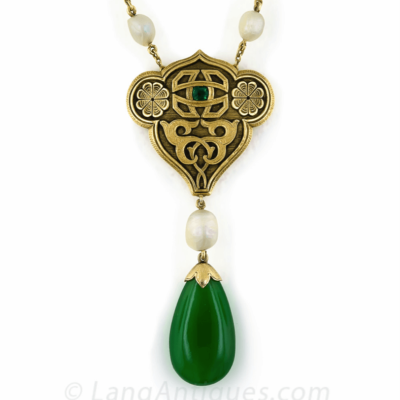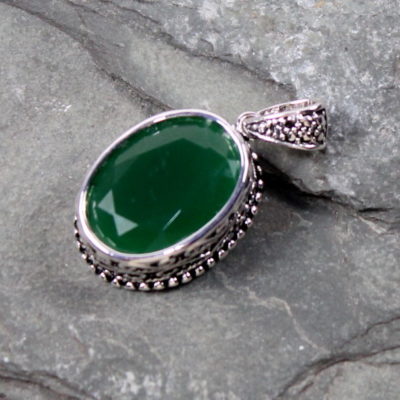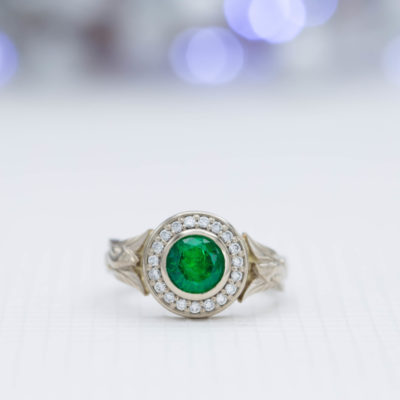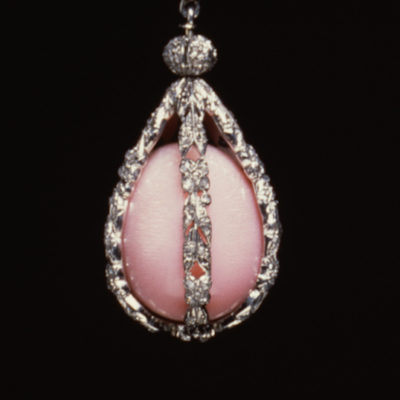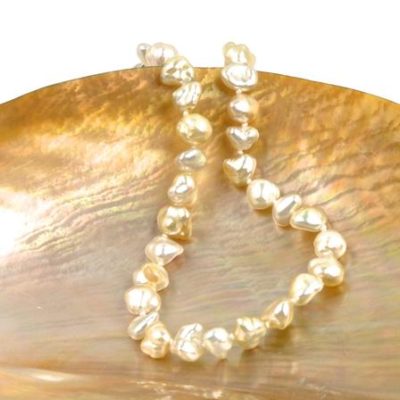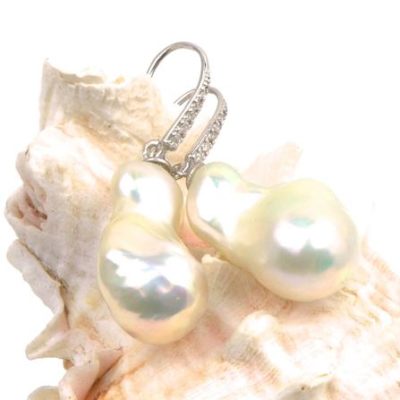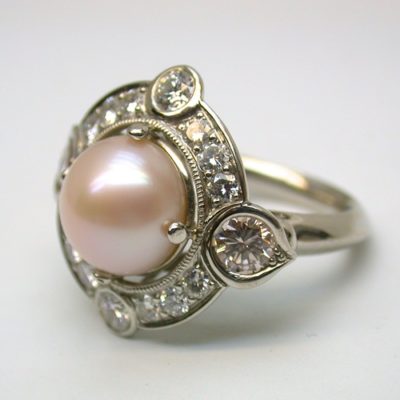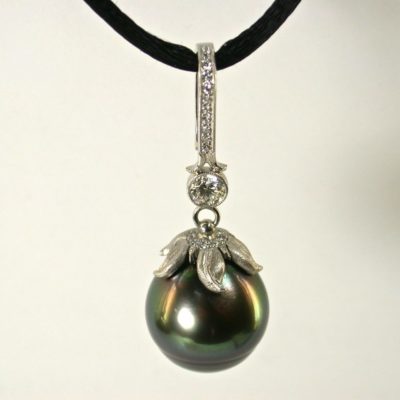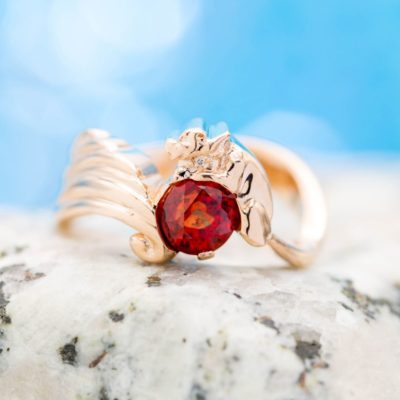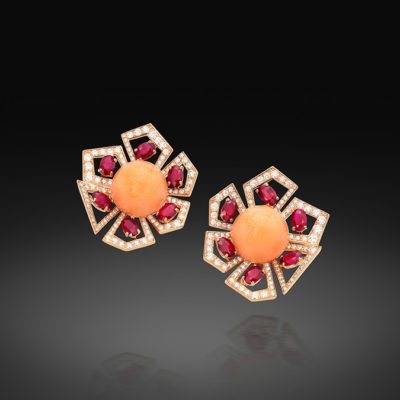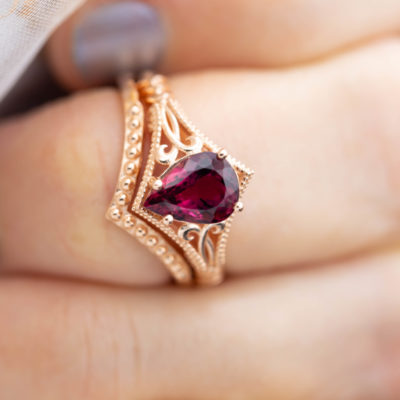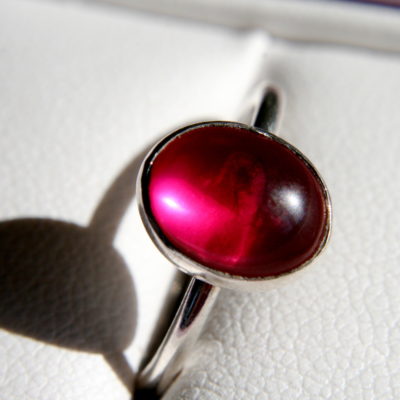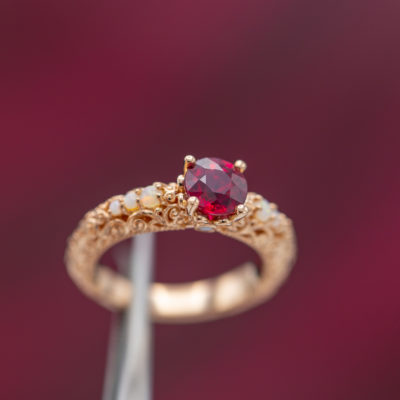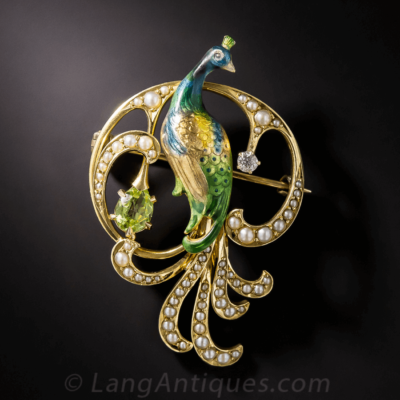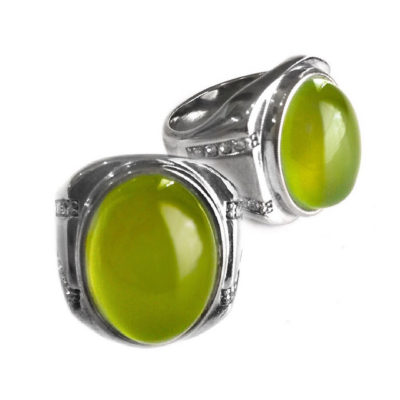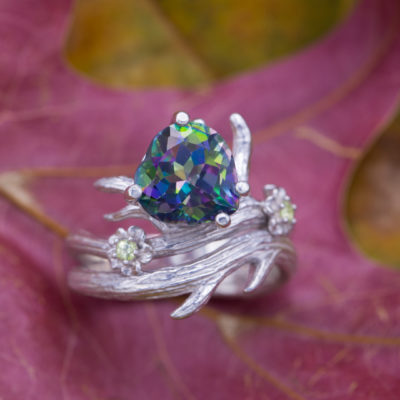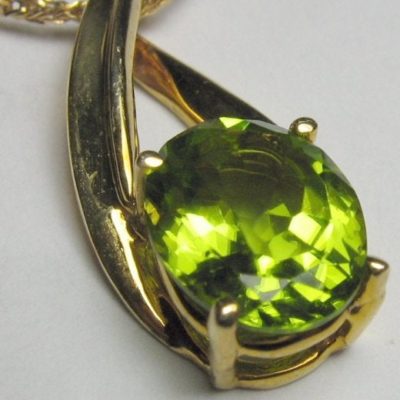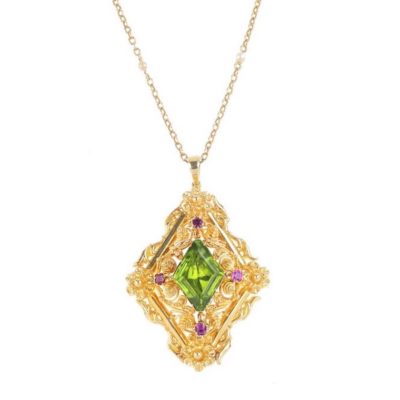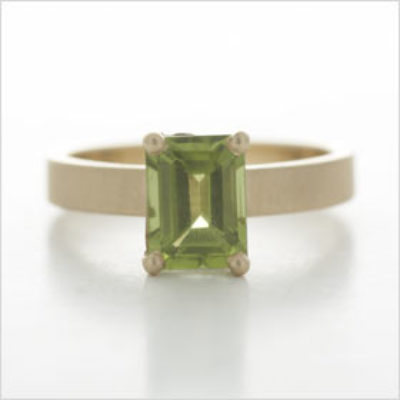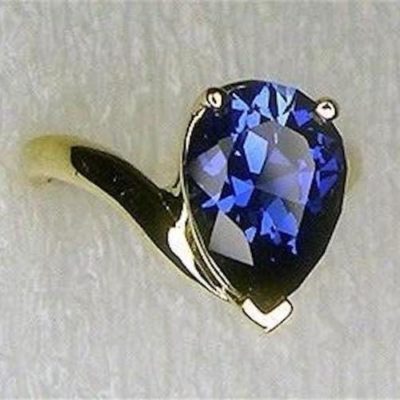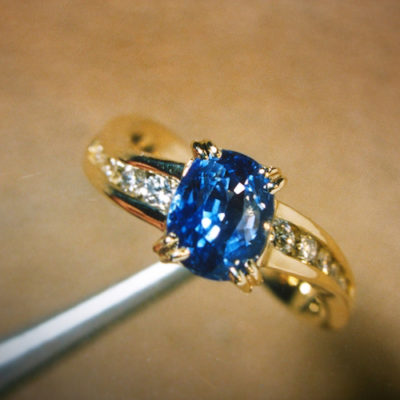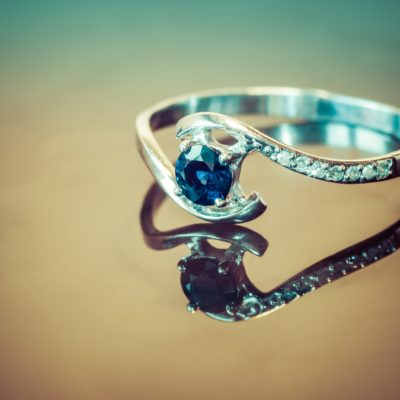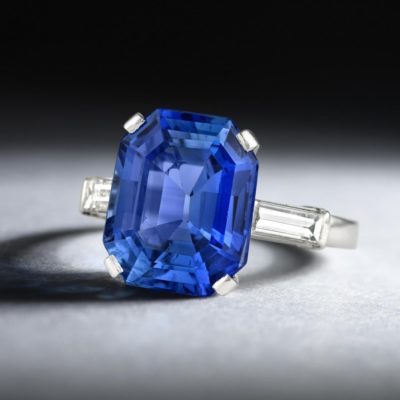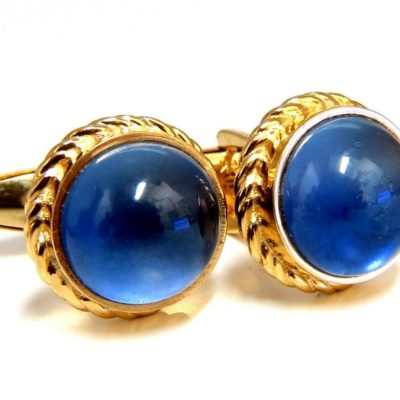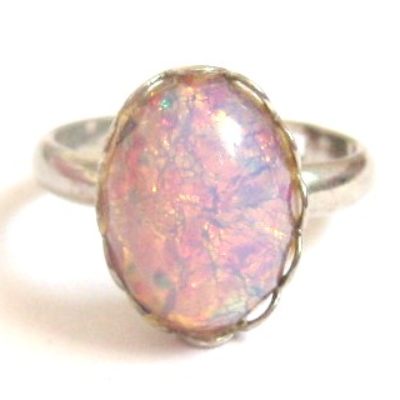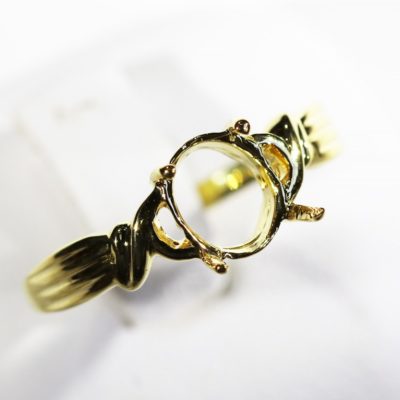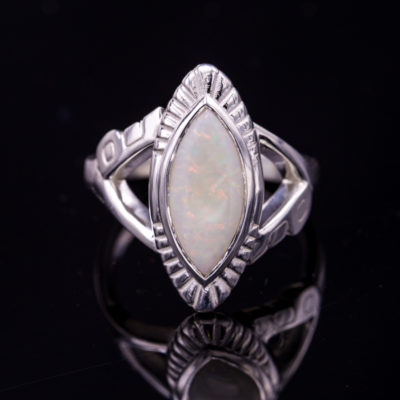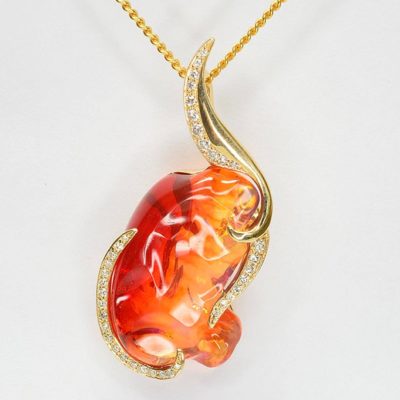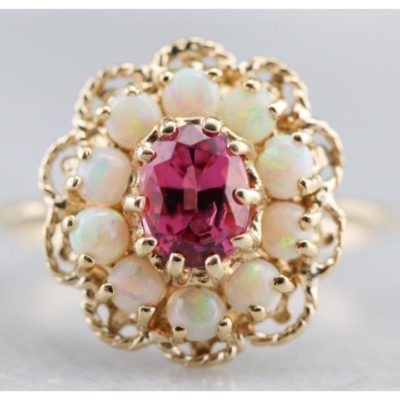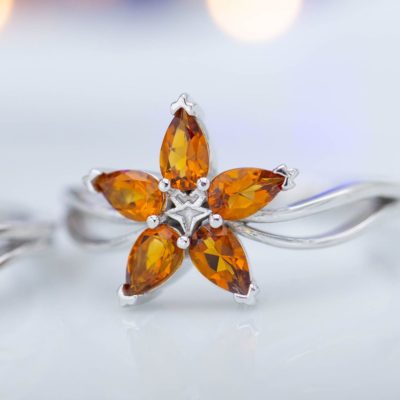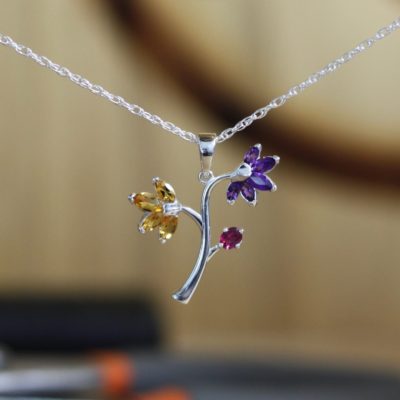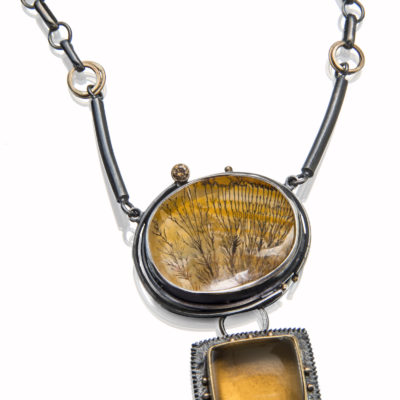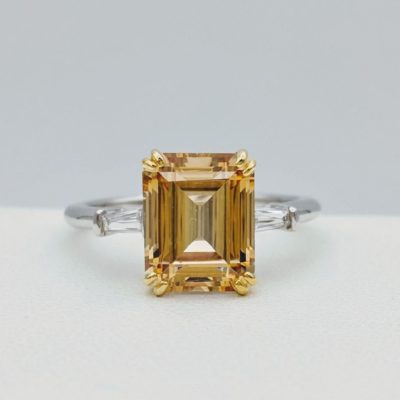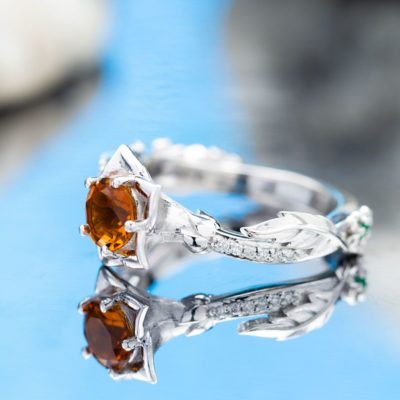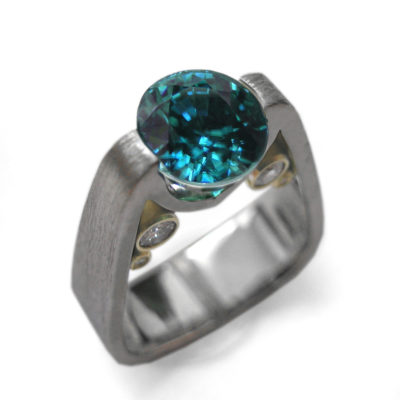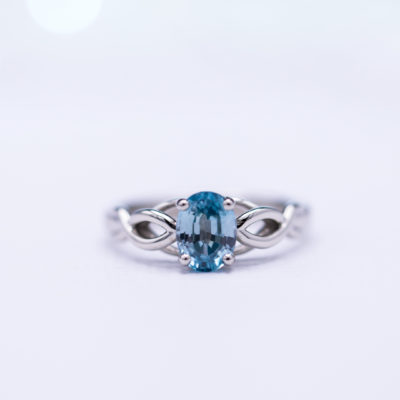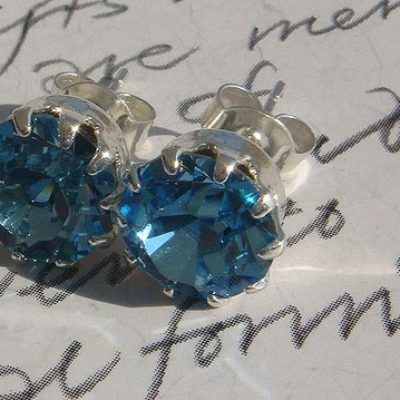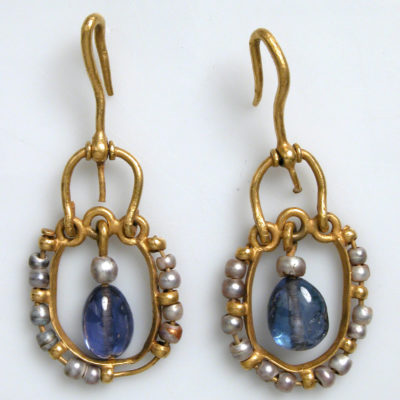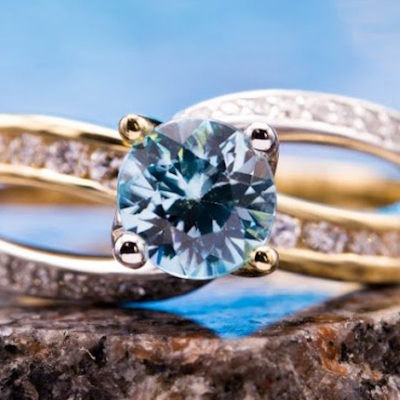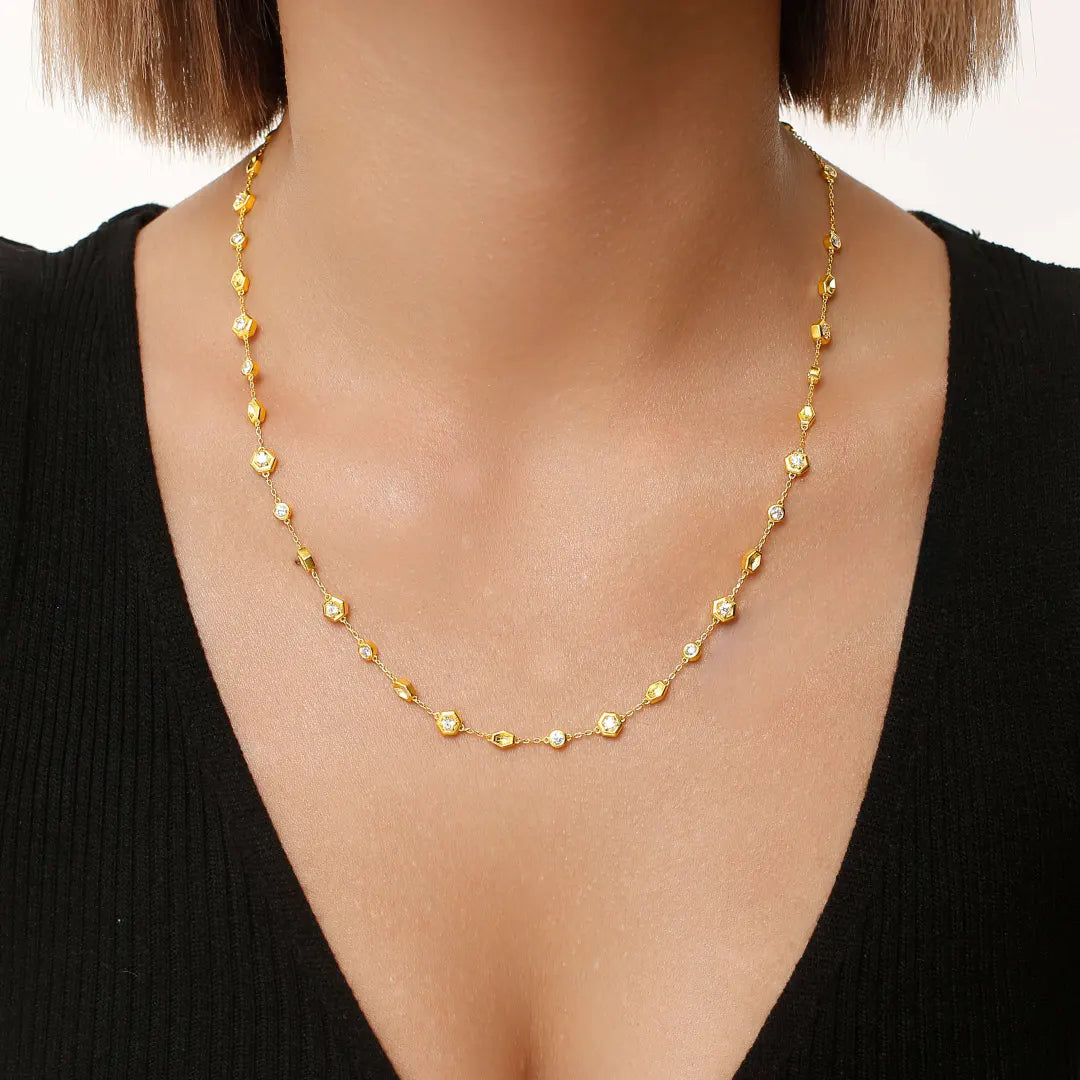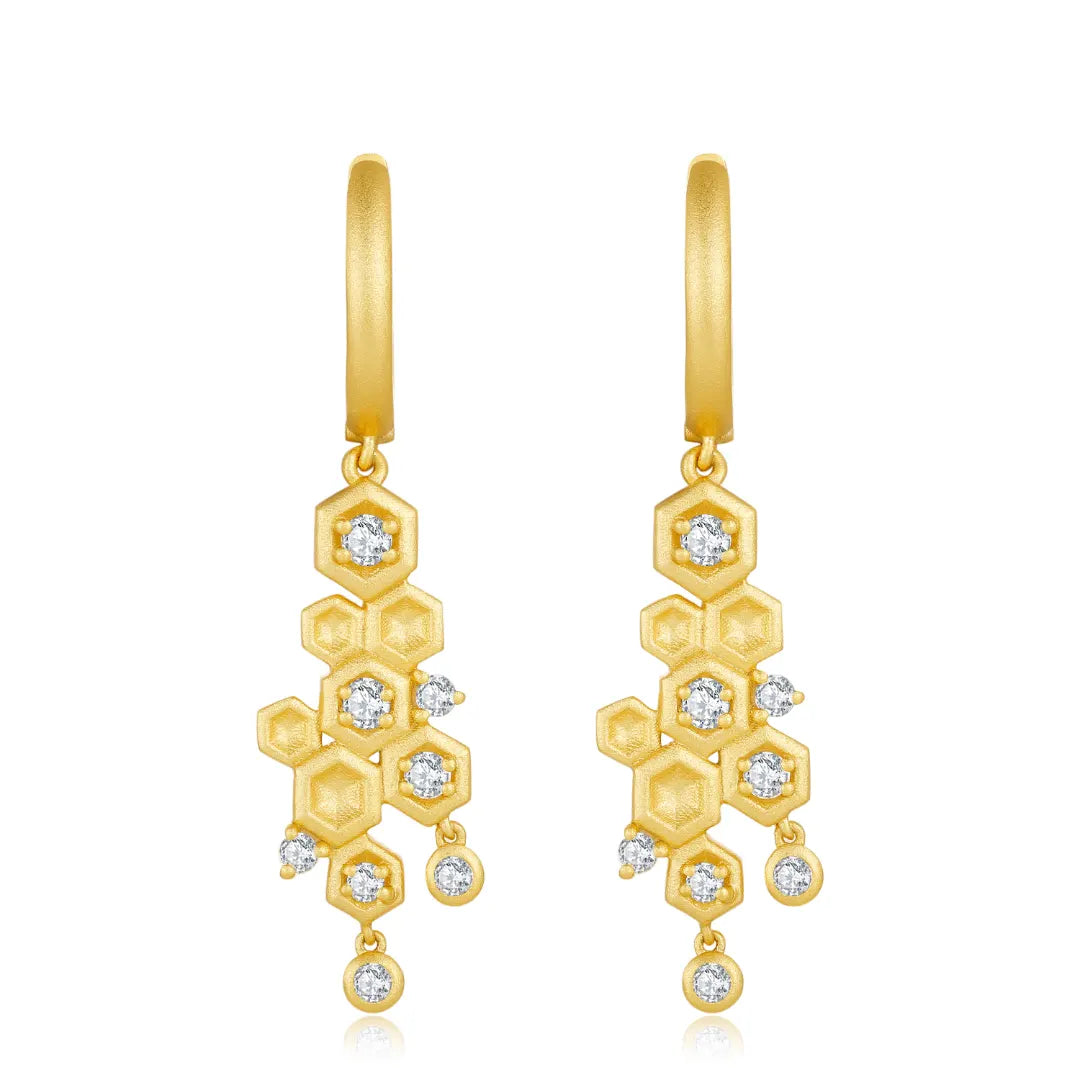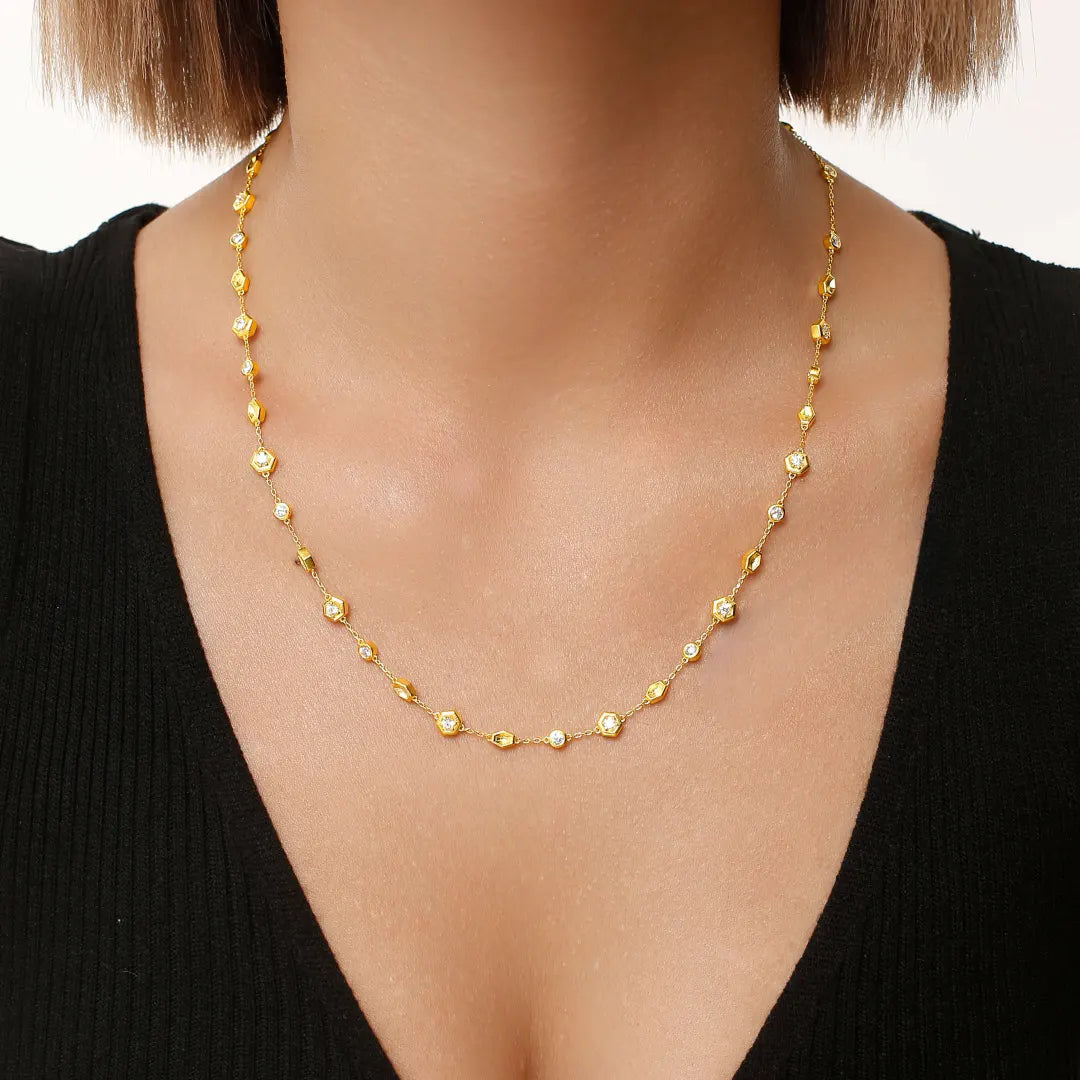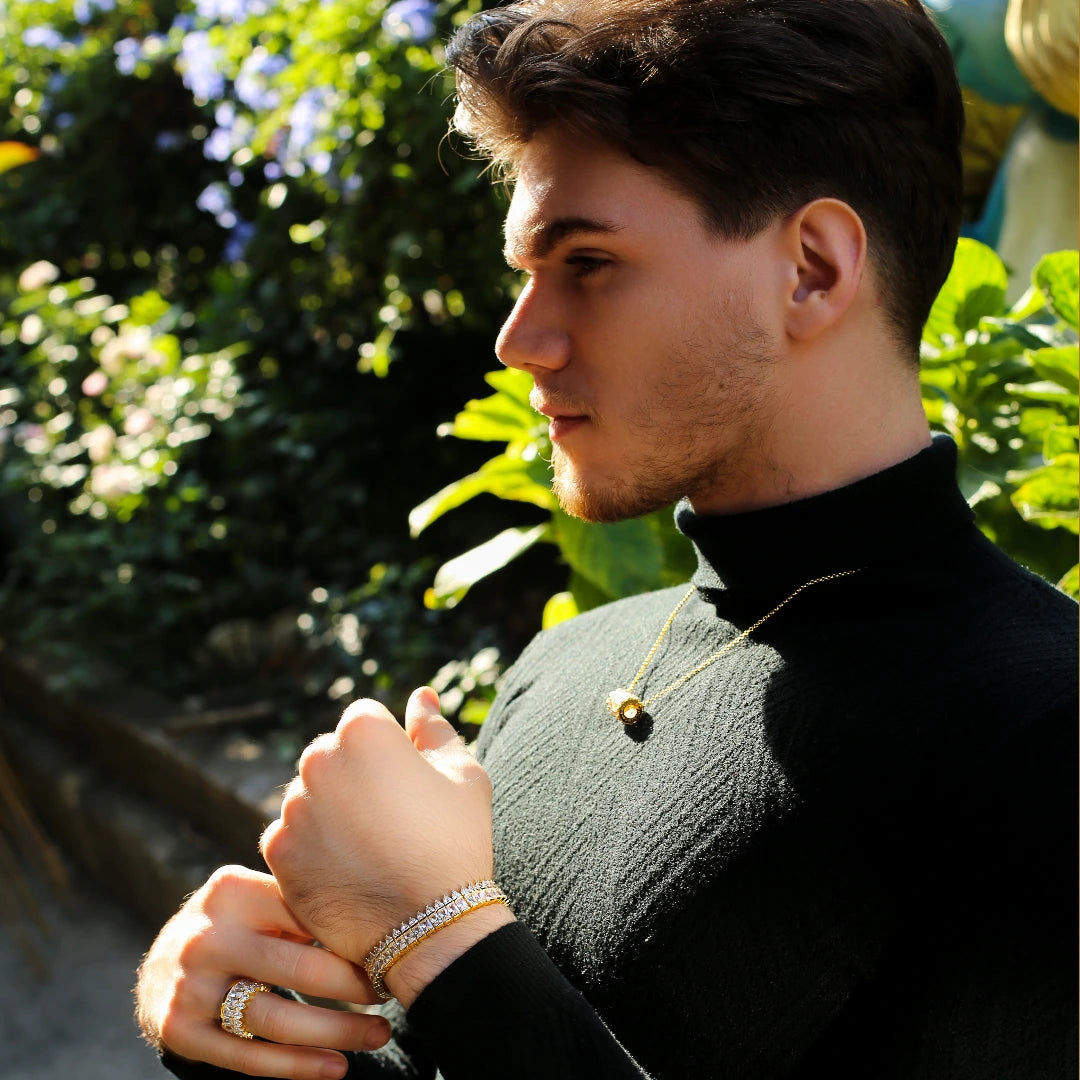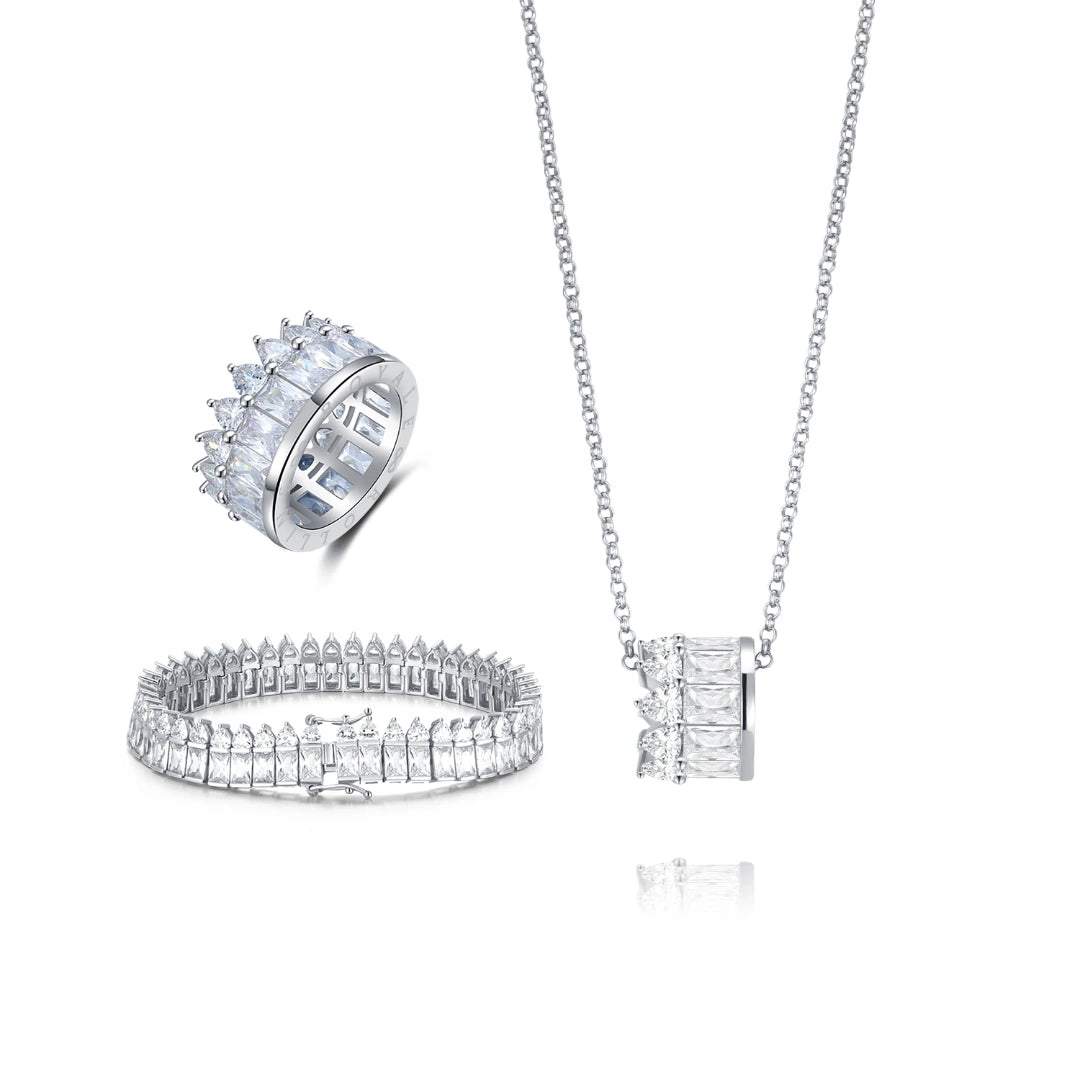What is your birhstone?
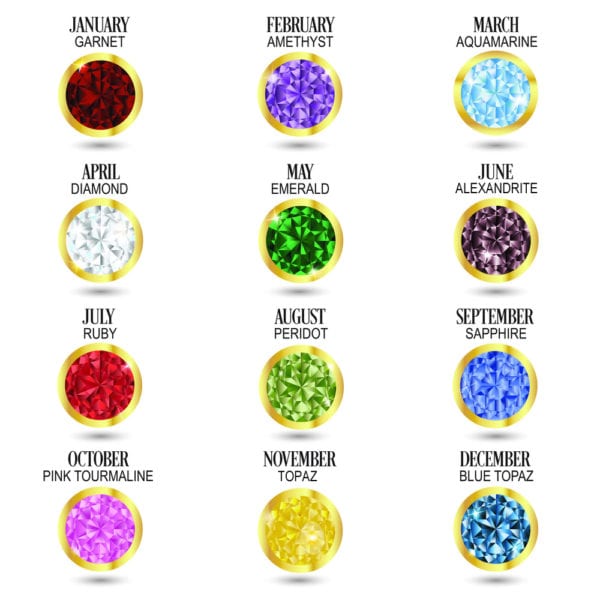
Birthstone chart
Birthstone Chart with Modern and Traditional Stones
MONTH |
MODERN |
TRADITIONAL |
| January | Garnet | Garnet |
| February | Amethyst | Amethyst |
| March | Aquamarine | Bloodstone |
| April | Diamond | Diamond |
| May | Emerald | Emerald |
| June | Alexandrite | Pearl |
| July | Ruby | Ruby |
| August | Peridot or Spinel | Sardonyx |
| September | Sapphire | Sapphire |
| October | Tourmaline | Opal |
| November | Golden Topaz or Citrine | Topaz |
| December | Blue Zircon, Blue Topaz, or Tanzanite | Turquoise or Lapis |
What’s the Difference Between Modern and Traditional Birthstones?
The list of traditional or ancient birthstones most well-known in the United States actually originated in Poland between the 16th and 18th centuries. In 1912, the National Association of Jewelers released a list of so-called “modern birthstones.” The modern list differed somewhat from the traditional, most notably by including only transparent gems. Presumably, this made it easier for jewelers to create “mother’s rings,” which feature the birthstones of a woman’s children, in a manner more suited to modern tastes. (Imagine trying to create a ring with a pearl, a turquoise cabochon, and a diamond and emerald, both faceted).
To this day, jewelers continue to add options to the modern birthstone chart. For example, spinel, citrine, and tanzanite are recent additions to the modern list.
In the United States today, people draw freely from both lists and pick the stones that appeal to them. Some traditional gems are also less expensive (like turquoise) or more readily available (like cultivated pearls) than their modern counterparts. Thus, some traditional stones remain popular.
We’ll note which stones are the most popular options by month. However, you should pick the birthstones you like best. So, if you want that pearl, turquoise, diamond, and emerald mother’s ring, go for it. (And there are also many different types of alternative birthstone lists to choose from).
January – Garnet
Although garnet is commonly associated with the color red, these gemstones can be found in almost any color and are popular choices for jewelry of all types. That’s excellent news if you’re in the market for the January birthstone. The garnet family is one of the most complex in the gem world. It’s not a single species but rather consists of several species and varieties.
Color: Mostly red or deep red. Rarer varieties can be lighter red and nearly any other color.
Crystallography: Isometric. Trapezohedron and dodecahedron forms are common. Cube and octahedron forms extremely rare.
Hardness: 6.5-7.5
Major Sources: Brazil, India, Madagascar, and the United States.
What's the Birthstone for January?
February – Amethyst
Amethyst is crystalline quartz in colors ranging from pale lilac to deep reddish purple. It has a relatively high hardness of 7, which means it’s very scratch resistant. The February birthstone makes a fine gem for any kind of jewelry.
Color: Pale lilac to deep reddish purple. May have color zoning.
Crystallography: Hexagonal.
Hardness: 7
Major Sources: Brazil, Bolivia, Uruguay, and Zambia.
What's the Birthstone for February?
March – Aquamarine
Named after the color of seawater, aquamarine is the blue to blue-green member of the beryl family. Readily available and moderately priced, the March birthstone makes an excellent jewelry stone.
Color: Blue to blue-green.
Crystallography: Hexagonal
Hardness: 7.5-8
Major Sources: Brazil, Madagascar, the United States, Australia, India, Namibia, and Nigeria
What's the Birthstone for March?
April – Diamond
Diamond is the most popular ring stone choice in the world. These gems are prized for their classic beauty and clarity, and diamond jewelry has become a status symbol.
Color: Colorless, gray, shades of yellow, brown, pink, green, orange, lavender, blue, black; rarely red.
Crystallography: Isometric; Crystals sometimes sharp octahedra, dodecahedra, and combinations with other forms.
Hardness: 10
Major Sources: South Africa, India, Brazil, Venezuela, Russia, Australia, and the United States.
What's the Birthstone for April?
May – Emerald
Emerald has been synonymous with the color green since ancient times. A fine emerald is a truly breathtaking sight, and this member of the beryl family deserves its placement among the traditional “Big Four” gems, along with diamond, ruby, and sapphire.
Color: Deep to medium green, blueish green.
Crystallography: Hexagonal
Hardness: 7.5-8
Major Sources: Colombia, Brazil, Zambia, Zimbabwe, Madagascar, and Nigeria
What's the Birthstone for May?
June – Pearl
Pearls are the only gems found within living creatures, both salt and freshwater mollusks. However, most pearls on the market today are cultivated or cultured, since they now occur extremely rarely in nature. While pearls require special care, they have an enduring appeal for jewelry, particularly as the traditional June birthstone.
Color: Pearl color is the result of a body color and an overtone color or orient present as a lustrous sheen. The orient is the color seen as reflected by a diffuse light source. The rest of the color is due to the body color.
Crystallography: Amorphous. The aragonite in the nacre of a pearl is orthorhombic, with minute crystals radially oriented and a concentric structure.
Hardness: 2.5-4.5
Sources: Occurs naturally worldwide (but rarely); most pearls are cultivated.
Modern List – Alexandrite
“Emerald by day, ruby by night,” alexandrite is well-known for displaying one of the most remarkable color changes in the gem world — green in sunlight and red in incandescent light. However, this modern June birthstone is so rare and expensive few people have even seen a natural alexandrite.
What's the Birthstone for June?
July – Ruby
One of the most popular traditional jewelry stones, ruby is exceptionally durable. Its colors — always red — can reach vivid levels of saturation. Fine-quality rubies are some of the most expensive gemstones, with record prices over $1,000,000 per carat.
Color: All varieties of red, from pinkish, purplish, orangey, brownish, to dark red.
Crystallography: Hexagonal.
Hardness: 9
Sources: Myanmar, Sri Lanka, Thailand, Cambodia, Madagascar, Kenya, Tanzania, Mozambique, Afghanistan, Nepal, and Vietnam
What's the Birthstone for July?
August – Peridot
The modern August birthstone, peridot has been prized as a jewelry stone since ancient times. Always green in color but with considerable variations, a peridot’s particular shade depends on its source.
Color: All varieties of green.
Crystallography: Orthorhombic. Crystals rare, usually striated prisms, corroded grains; often as rolled pebbles, or in nodules called bombs in volcanic areas.
Hardness: 6.5-7
Sources: Egypt, Myanmar, the United States, Norway, Mexico, Sri Lanka, Kenya, and Australia
What's the Birthstone for August?
September – Sapphire
Few gems have held our attention over millennia as well as sapphire. Its pure blue colors and excellent durability make it an exceptional gemstone. However, not all sapphires are blue. The September birthstone comes in many colors.
Color: Colorless, white, gray, blue, blue-green, green, violet, purple, orange, yellow, yellow-green, brown, golden amber, peachy pink, pink, black. May show color zoning.
Crystallography: Hexagonal (trigonal). Crystals common, often barrel-shaped, prisms with flat ends, sometimes bipyramidal; also massive, granular, in rolled pebbles.
Hardness: 9
Sources: Sri Lanka, Kashmir, Australia, Myanmar, Thailand, and the United States.
What's the Birthstone for September?
October – Opal
Opals are in a class by themselves. As a species, opal is so unique its patterns have their own descriptive vocabulary. More than any other gem, each opal is distinctly individual. Opals are also the most delicate gemstones commonly worn and require special care.
Color: Colorless, white, yellow, orange, and red (various shades), yellowish brown, greenish, blue, gray, black, violet.
Crystallography: Amorphous. Recent work shows that opal is composed of an aggregate of tiny spherical particles, that is, a solidified gel; often forms concretions; botryoidal; reniform; stalactitic.
Hardness: 5.5-6.5
Sources: Australia, Brazil, Czech Republic, Ethiopia, Honduras, Indonesia, Mexico, Poland, Tanzania, and the United States.
Modern List – Tourmaline
No other gem comes in as many colors, including multi-colors, as tourmaline, the modern October birthstone. Some of these color combinations are incredible.
What's the Birthstone for October?
November – Citrine
Citrine is the yellow to red-orange variety of crystalline quartz. Clever marketing and the rise of “earth tone” fashions have made this durable and readily available gem a popular modern birthstone in recent years.
Color: Yellow to red-orange, also deep orange and orangey brown.
Crystallography: Hexagonal
Hardness: 7
Sources: Bolivia, Democratic Republic of the Congo, Madagascar, Mexico, Myanmar, Namibia, Peru, Russia, South Africa, the United States, and Zambia.
What's the Birthstone for November?
December – Blue Zircon
Don’t be confused by the name. Zircon is a natural, magnificent, and underrated gemstone that has been worn and treasured since ancient times. It’s not cubic zirconia. Zircons come in many colors, but blue is the most highly prized. Blue zircon has become a modern December birthstone.
Color: Reddish brown, yellow, gray, green, red; various other colors (including blue) induced by heating.
Crystallography: Tetragonal. Crystals prismatic, pyramidal; often twinned; rounded pebbles.
Hardness: 6-7.5
Sources: Sri Lanka, Cambodia, Myanmar, Thailand, Australia, and Canada.

